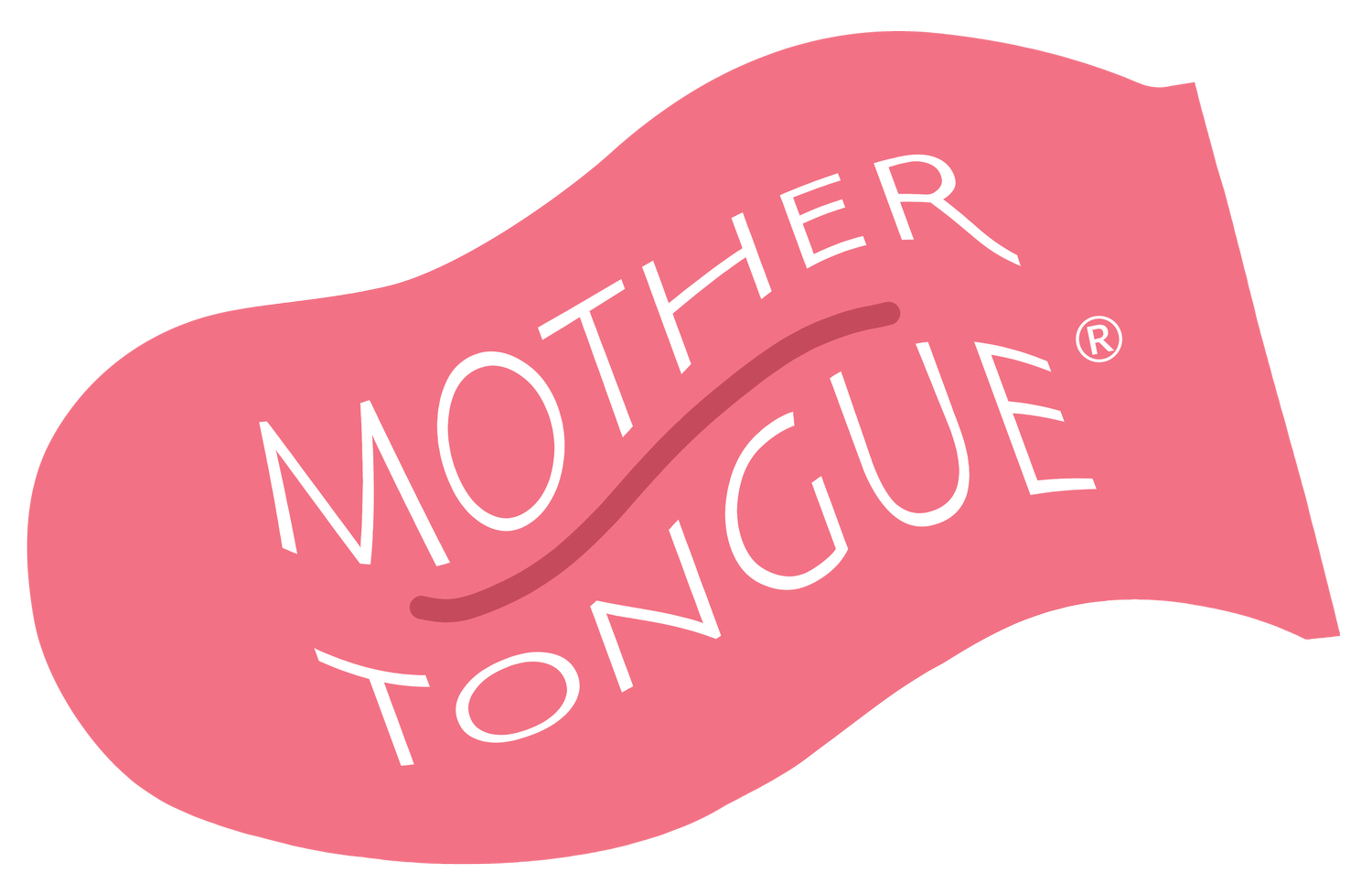Fikret Otyam and Sahmeran
Pronounced “Fekrhet Otyum”
Fikret Otyam was a painter, writer, photographer and journalist, who made significant contributions to Turkey’s social, cultural and artistic accumulation. Born only 3 years after Turkey was established as a republic, he was already the embodiment of the modern, open-minded intellectual the government encouraged its citizens to be.
Just like his brothers, he had been working in his father’s pharmacy from the age of six, where he often encountered migrant villagers, whose interesting stories would fill his mind and, later his journals.¹ Perhaps the beginning of his new path was when he published these stories in an Istanbul newspaper in 1945.
Becoming interested in an artistic career through a camera that was gifted to him by his teacher, his enthusiasm of journalism, photography and painting intertwined. In 1953, he got a degree in Painting and became a student of the famous painter Bedri Rahmi Eyüboglu.²
‘Köylü Kadın’ Oil on Canvas 50x70cm
After his debut exhibition in 1952, Otyam held more than 30 exhibitions in Turkey and abroad, and his works were presented in collections at foreign museums and private collectors.³
Otyam’s paintings often depict nomadic tribes and different peoples living in Southeastern Anatolia, emphasising vibrant colours and meticulous intricacies.³ Sahmeran being a highly influential figure in Turkey, especially in Southeastern Anatolia, it is no surprise that Otyam depicted her many times in his paintings.
Info unknown
According to the legend, Sahmeran is a serpent-goddess, who bears the power to cure through her knowledge of herbal medicine. After forming a relationship with a mortal man called Cemsab, she shares her medicinal knowledge and wisdom with him, in confidentiality. One day, the Vizier (minister of the Sultan) sets to find Sahmeran, knowing that the terminally ill Sultan’s only choice of recovery is killing and eating her. Tricking Cemsab to get to her, Sahmeran agrees to sacrifice her life, and tells Cemsab that her meat should be boiled in three different pots. The Vizier drinks the first pot, the Sultan drinks the second and Cemsab the third. Unexpectedly, the Vizier faces death, the Sultan recovery, and Cemsab is gifted her medicinal wisdom⁴.
Although this idea of an only-existing-for-the-advancement-of-men female figure is certainly outdated today, her story, as the all-knowing healing goddess, remains one of empowerment in many Middle Eastern cultures.
Despite her demise in the story, she has become immortal through the countless depictions of her image, even today.
[1] https://www.aa.com.tr/tr/kultur-sanat/sanatci-fikret-otyam-hayatini-kaybetti/18344
[2] https://fikretotyam.com/biyografi
[3] https://www.hurriyetdailynews.com/fikret-otyam-commemorated-in-exhibition--107677
[4] https://onedio.com/haber/tibbin-sembolu-haline-gelen-sonsuz-bilgeligin-ve-sifanin-kaynagi-olarak-vucut-bulmus-yilan-kadin-sahmeran-894805



